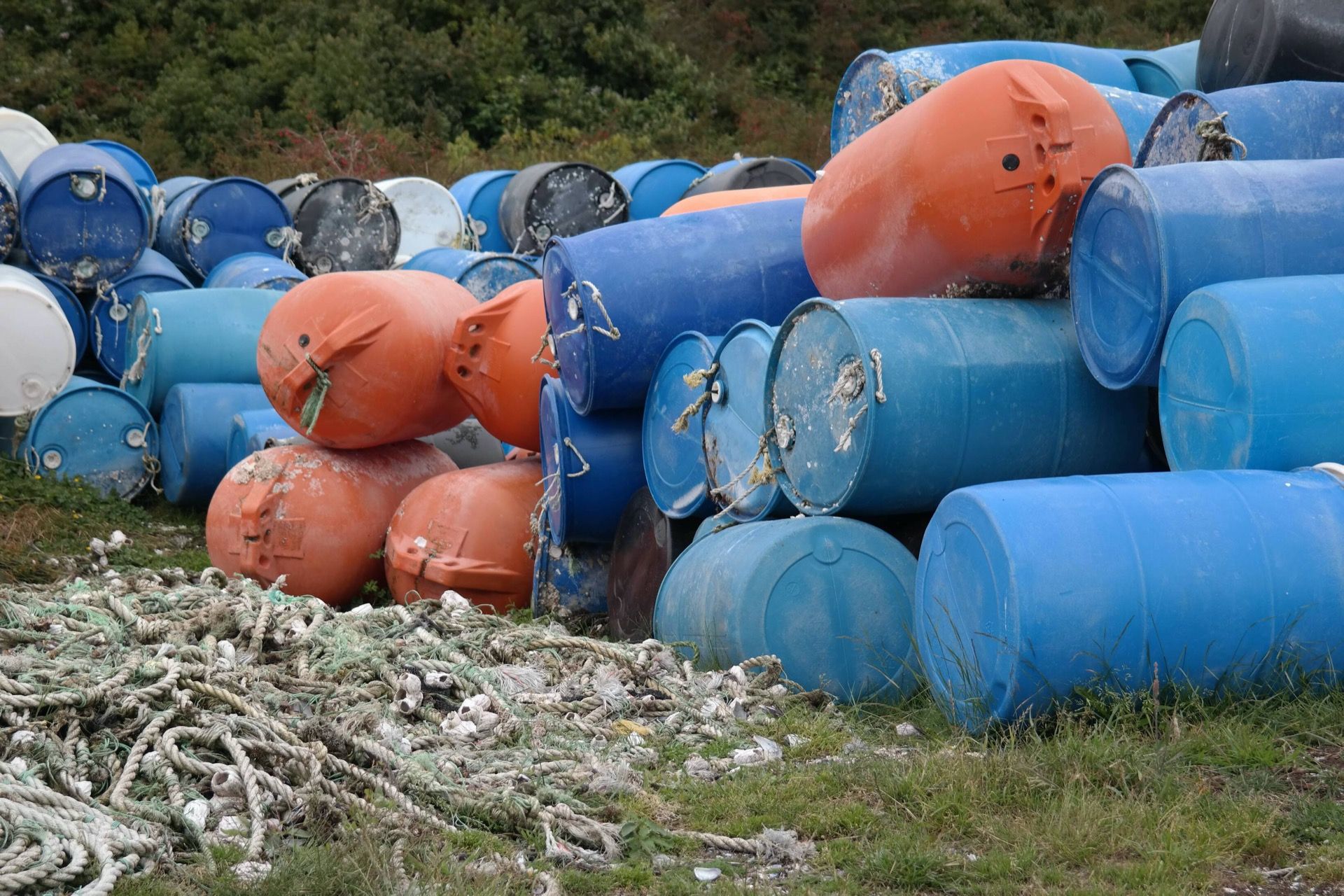Chiloé: High Tide

Both of us love the sea, or any place with a great amount of water (excluding rain). From sailing to surfing, you’d think dos piratos know a thing or two about the sea and its workings. With this in mind we’re headed towards Chiloé, one of the 32 million islands of Chile. This one is rather large though. Crossing it from north to south by car typically takes longer than a trip from Groningen to Maastricht.

Everything on Chiloé evolves around the sea. Typical oversized dishes like the curanto, plenty of churches decorated with little boats, penguins, ancient mythology and lots of old fishermen’s towns.

Supposedly wild camping is a regular activity in the south of Chile, so we head out to Delcahue, in search of a good site. The ferry takes us in a couple of minutes to the little island of Quinchao.

Not many people on the road here, which is a good thing. Camping in the wild is a lot more relaxing when you’re out there alone. After passing Curaco, Achao and Quinchao, we stumble upon an old, properly dressed man, staring at our car while pointing his right hand towards the road we’re heading to. He’s not hitchhiking, that’s for sure. Shortly thereafter a long, slowly moving polonaise of cars halts our journey. A group of people in front of the cars walking to the church. Of course. 1st of January, año nuevo.

An hour and 0.8km later, with the church behind us, a little sandy road leads us towards the sea. We prepare for Het 7-uur ritje, our daily search for a place to sleep, usually at the end of the day at a place where you’re bound to get lost. To our surprise, the beach is empty, clean and apparently suitable for a night of camping. After driving through the sand for a short while, we find a perfect place to pitch our tent. At least we think it is...
After having a delicious ravioli and tuna dinner, we get the tent out of the car. The beach has a clear division between dark and light sand, so we suppose the high tide wouldn’t get past this line. It’s windy, so we pitch the tent close to the coastal cliffs and the tide line. It’s getting dark. The water is slowly rising and all of a sudden we start remembering the low tide back in Ancud.

We discuss how the moon influences the tides, and whether the sun has to do something with it as well. Our knowledge of the sea is rather rusty. But the view is great, the beach is peaceful. The water is rising not so slowly as we thought, being only about 20m from our tent. Our discussion about tides continues, now including things like timezones, hemispheres, gravitational formulas and the current trajectory of the moon. The tide’s “point of return” should be at 02:00 at the latest. We nervously use a plastic black crate dug in the sand to measure the speed of the oncoming sea. 1 meter every 10 minutes, steadily.
Around 00:00 it’s getting colder, and we decide to get into the tent. The crate now is positioned right after the dark/light sand line. If the water gets any further than this, we have a problem. The car is high and dry somewhere else already, but we ourselves haven’t got many places to go. The alarm clock is waking us every 15 minutes to check on the water. It’s getting closer to the crate. It even touches it at times. What should we do?

00:45. The water is a little past the crate, only 2.5 meters from our tent. We can move around the cliffs to a higher place, but that would mean getting cold, getting wet feet and packing our tent. We’re reviving old tide discussions again. The water isn’t rising that fast anymore, so lets wait for a bit.
01:00. The water level is behind the crate. It’s dropping! We thank all the Chilote sea gods and head back to sleep, relieved to be able to keep everything nice and dry. Next alarm is set at: sunset.

